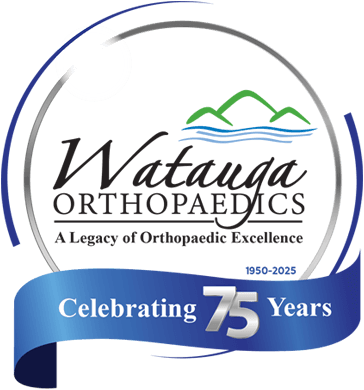Artificial Cervical Disc Replacement
Introduction
Anatomy
The back part of each vertebra arches to form the lamina. The lamina creates a roof-like cover over the back opening in each vertebra. The opening in the center of each vertebra forms the spinal canal. The spinal cord, nerves, and arteries travel through the protective spinal canal. The spinal cord and nerves send messages between your body and brain.
Intervertebral discs are located between the vertebrae. Strong connective tissue forms the discs. Their tough outer layer is the annulus fibrosus. Their gel-like center is the nucleus pulposus. A healthy disc contains about 80% water.
The discs and two small spinal facet joints connect one vertebra to the next. The discs and joints allow movement and provide stability. The discs also act as a shock-absorbing cushion to protect the vertebrae.
Causes
Symptoms
Diagnosis
X-rays will be done to see the condition of the vertebrae. Sometimes doctors inject dye into the spinal column to enhance the X-ray images in a procedure called a myelogram. A myelogram can indicate if there is pressure on the spinal cord or nerves from herniated discs, bone spurs, or tumors.
Your doctor may order computed tomography (CT) scans to see the shape and size of your spinal canal and the structures around it. Dye may be injected before the CT scan, in a procedure called a CT Myelogram. A discogram provides a view of the internal structure of a disc, by injecting dye directly into it, and can help identify if it is a source of pain. Magnetic resonance imaging (MRI) provides the most detailed views of the discs, ligaments, spinal cord, nerve roots, or tumors.
Treatment
The goal of artificial cervical disc replacement is to relieve pain and maintain motion, reduce further degeneration in the spine, and allow people to return to activities quickly. Artificial cervical disc replacement is generally used for certain levels of the spine (C3-C7). There are several types of artificial cervical discs, and your surgeon will discuss the most appropriate ones for you.
Artificial cervical disc replacement is an inpatient procedure. To begin the procedure, the surgeon makes a small incision at the front of the neck. The surgeon removes the damaged disc and related tissue from the cervical spine. A shape is formed between the vertebrae that will fit the artificial disc. The vertebral space is opened to the normal disc height to relieve pressure on nerves. Next, the surgeon places the artificial disc in the prepared space between the vertebrae.
Recovery
A hospital stay of one to two days follows surgery. People return home with minimal movement limitations. Recovery from artificial disc replacement is usually faster than with fusion surgery. The artificial disc allows natural motions of the spine, including flexion, extension, rotation, and side bending.

Copyright © - iHealthSpot Interactive - www.iHealthSpot.com
This information is intended for educational and informational purposes only. It should not be used in place of an individual consultation or examination or replace the advice of your health care professional and should not be relied upon to determine diagnosis or course of treatment.
The iHealthSpot patient education library was written collaboratively by the iHealthSpot editorial team which includes Senior Medical Authors Dr. Mary Car-Blanchard, OTD/OTR/L and Valerie K. Clark, and the following editorial advisors: Steve Meadows, MD, Ernie F. Soto, DDS, Ronald J. Glatzer, MD, Jonathan Rosenberg, MD, Christopher M. Nolte, MD, David Applebaum, MD, Jonathan M. Tarrash, MD, and Paula Soto, RN/BSN. This content complies with the HONcode standard for trustworthy health information. The library commenced development on September 1, 2005 with the latest update/addition on February 16, 2022. For information on iHealthSpot’s other services including medical website design, visit www.iHealthSpot.com.




